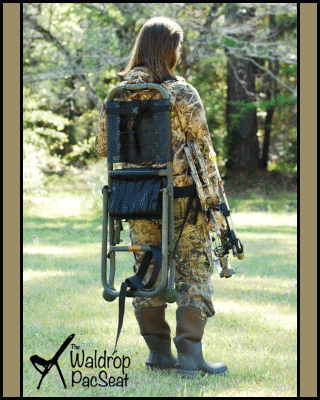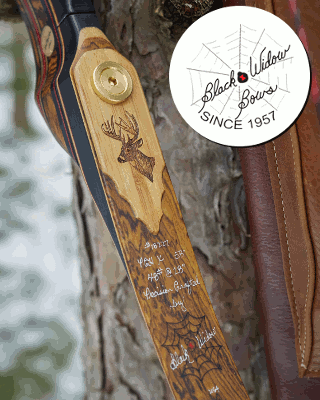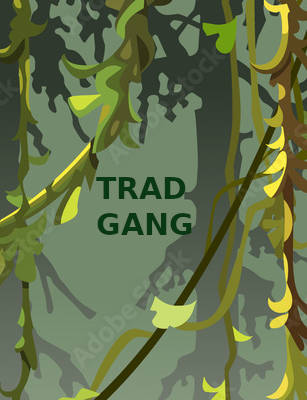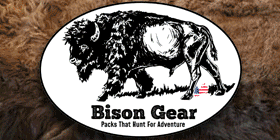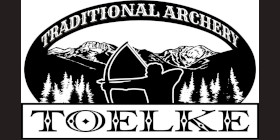Don't forget Google.
Just type in steel designations:
http://en.wikipedia.org/wiki/SAE_steel_grades http://www.engineershandbook.com/Tables/carbonsteelalloys.htm The ones you mentioned 10XX are simple carbon steels.
5160 and 52100 are Chromium steels.
Then there are letter designations that I don't see here that indicate the Quench medium like A2 = quench in AIR.
O1 = Quench in Oil.
W1/2 = Quench in water.
But many specifications you will see in the metallurgical world refer to sizes of steel in excess of 1".
In thin cross-sections like we use, the playing field changes.
By that I mean 5160 is a deep hardening steel that should be quenched in a slow oil, but it is sooooooooooooo slow it can actually harden some in AIR!
W2 can be quenched in brine if it is rather thick, but in thin sections like we use would probably crack.
Knife making changes the rules some.

